Performance Analysis
You know the score by now. As the fastest GeForce-branded card in Nvidia's stack, the GTX 1080 Ti delivers exceptional performance no matter what you throw at it. Even at 4K with all the details cranked up, this overclocked Palit card keeps pace and delivers smooth frame rates time and time again (never below 30fps on the minimum). You might well hope so given the outlay it requires, but it's a pleasing set of results, and AMD is way behind.That said, it's not a chart-topper. The MSI and Aorus GTX 1080 Ti cards we have in the graphs both tend to fare better by a few points or frames per second. The differences are negligible and would be totally unnoticeable in a real-world setting, but it does point to the Palit card having a lower average boost speed than the others. Indeed, looking at monitoring software showed us that there was considerable fluctuation, with the boost speed typically being between 1,770MHz and 1,820MHz in games. This is, in part, a power limit, as increasing the power limit sees this increase, although there's still some fluctuation, which points towards some possible thermal or voltage limitations as well. We're splitting hairs here, of course, but to some this will be useful information.
The cooler performs very well, although we'd be very disappointed if it didn't given the size. At default speeds, the fan speed reached 54 percent – roughly 1,350 RPM – which was very quiet. This dropped by about 100 RPM in Gaming Mode and another 100 RPM or so in Silence Mode, although there's a small trade-off in performance too. We reckon just leave the card in OC Mode. The delta T of 49°C is perfectly healthy too, as is the power consumption figure of 375W. This figure is actually on par with the Founders Edition card, which points towards an efficient PCB design on Palit's part.
Overclocked, the card's fans reached a speed of 58 percent or about 1,500 RPM – it copes with the increased power limit (consumption hit 410W), but you are more likely to notice it. With our six percent faster memory and roughly 11 percent higher in-game boost clock, we were rewarded with performance boosts of between six and 11 percent – who'd have thought it?
Conclusion
It's perhaps a bit too much of a stretch to speak of good value when you're talking about a £680 graphics card, but the Palit GTX 1080 Ti is at least one of the less expensive iterations of this GPU. That's not bad going considering it has many features found on pricier SKUs, a solid cooler, and a decent out-of-box overclock. The absence of a killer feature and the two-year warranty hold it back from our top award, but it's well deserving of the Extreme badge for now – hopefully AMD has an answer to these monster cards soon!

MSI MPG Velox 100R Chassis Review
October 14 2021 | 15:04


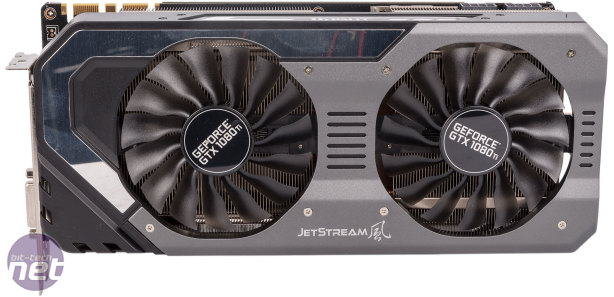
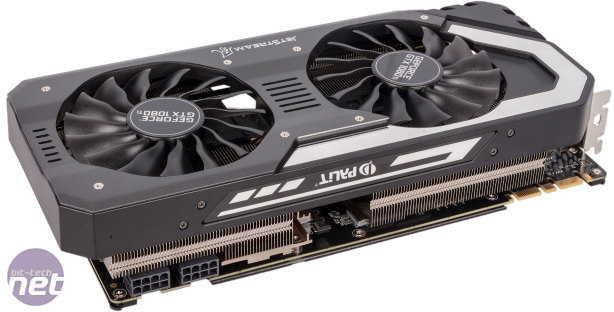
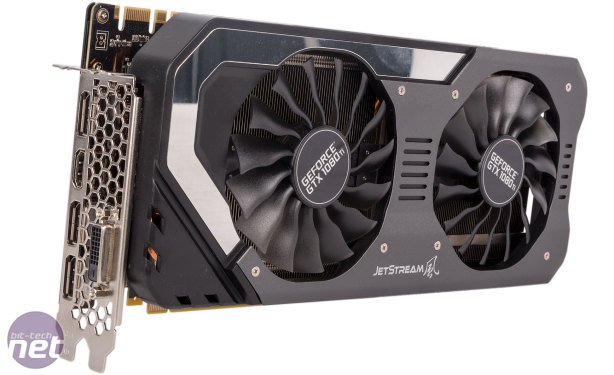

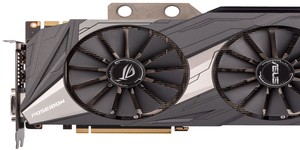
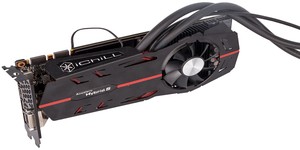




Want to comment? Please log in.